I didn't realise drying laundry indoors could cause mould – here's how experts say you can avoid this happening in your home
Experts share their top tips for drying washing indoors, mould-free
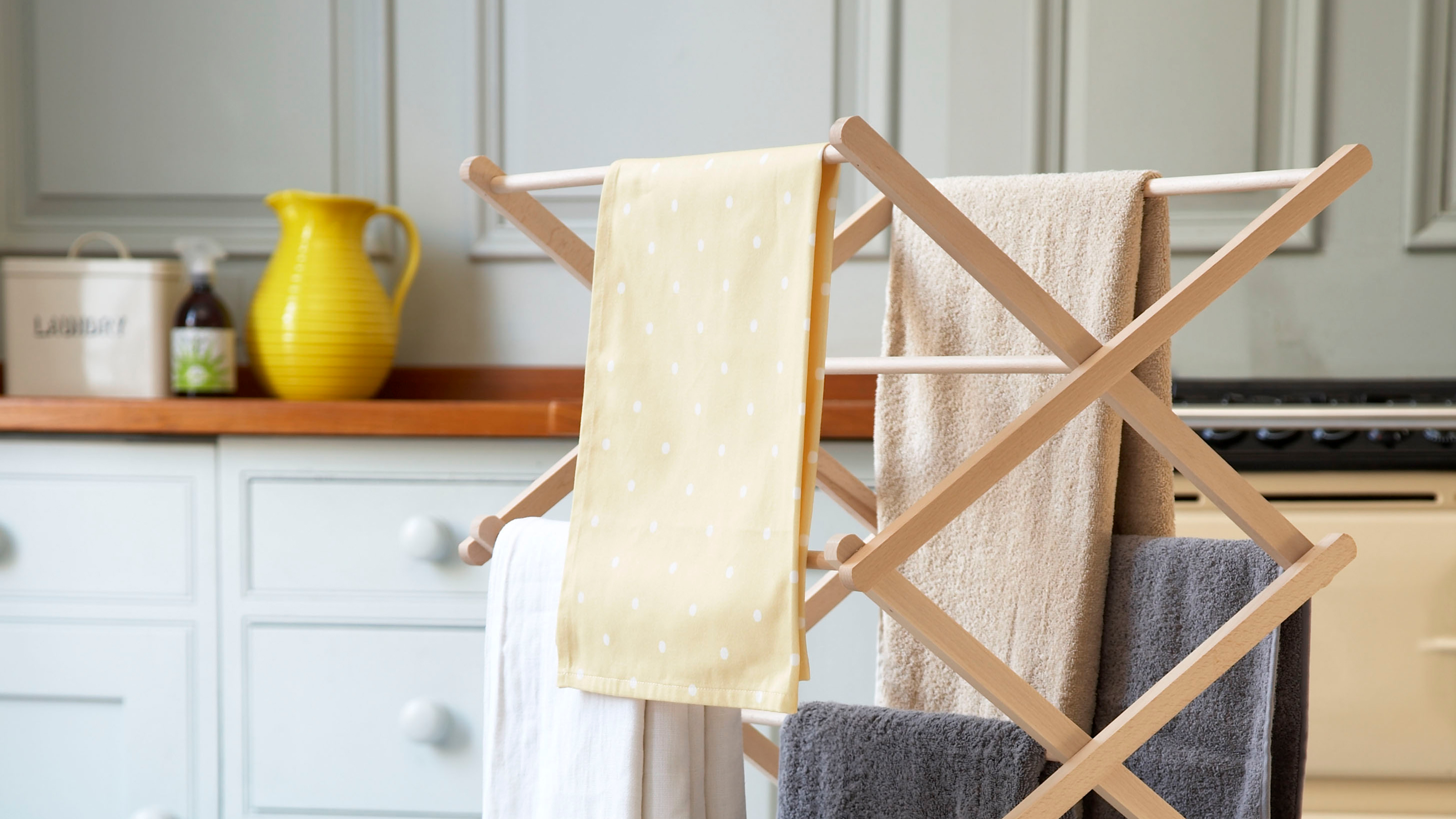

As much as I love the smell of freshly washed clothes, I know that drying them indoors can quickly create problems in the autumn/winter. When the weather turns cooler, it's tempting to keep laundry inside, hoping it will dry overnight, but turns out, what's really happening is that lots of water is being released into the air.
'Whilst air drying laundry in winter consumes little to no energy vs using a tumble dryer, it is a surefire way of contributing to excess moisture in the air as the water evaporates, especially when drying wet clothing over radiators,' explains Noel Fok, co-founder of EcoAir.
'Excess moisture in the air can lead to an array of issues, the main ones being a build-up of condensation, damp, or mould. These problems will then inevitably cause damage to home furnishings, décor or structural issues, which can be costly to fix, but at their worst, can make people living in the household unwell.'
And according to government data, up to 6.5 million homes in England alone are affected by damp and mould, putting families at risk of respiratory issues and allergies, a figure that spikes in autumn and winter when ventilation naturally drops.
So I got some top tips from Daily Poppins' laundry expert Nigel Bearman on how to dry laundry safely indoors.
How to dry laundry safely indoors
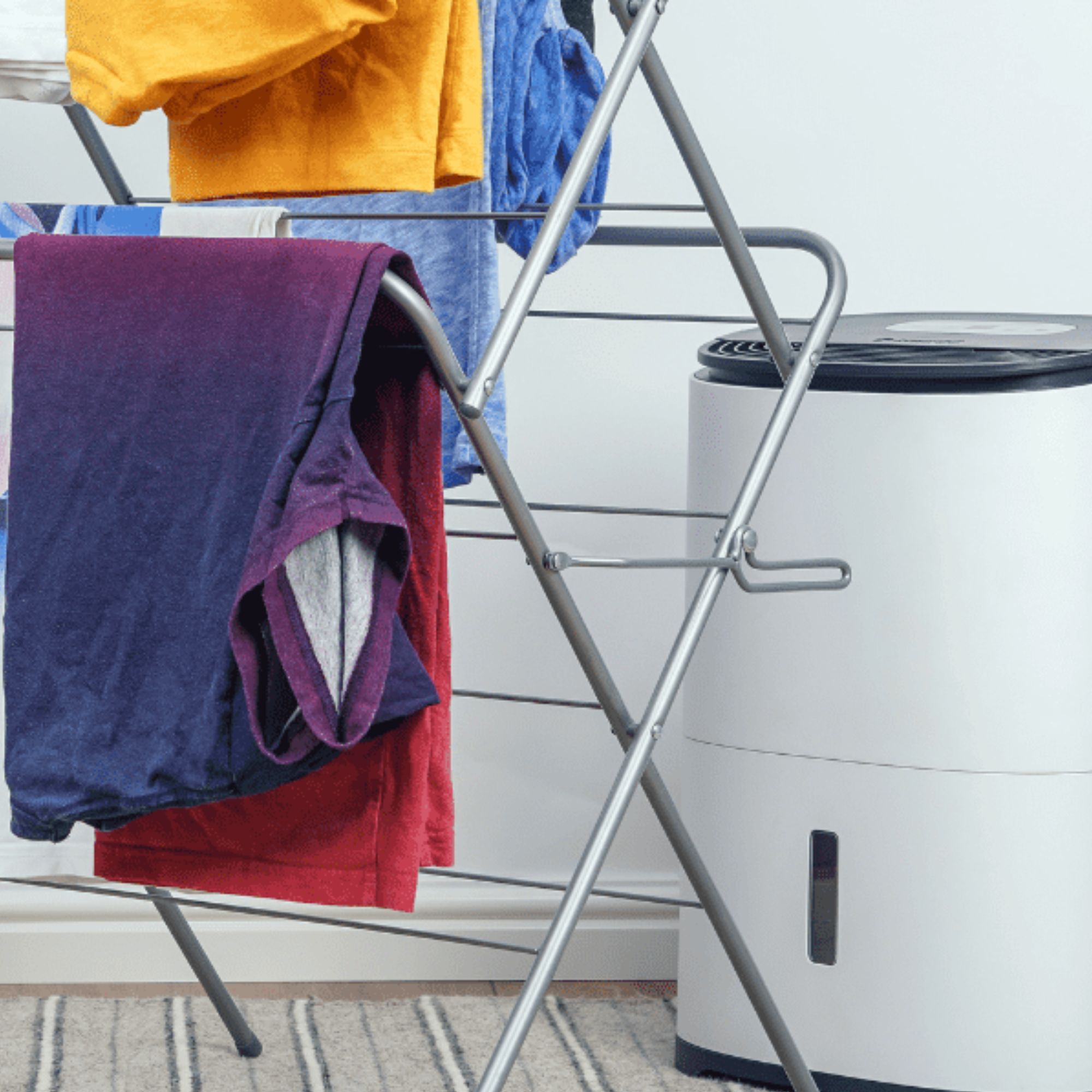
'People often think damp is just a cosmetic problem, a bit of black mould on the wall or condensation on the windows, but it can have real health consequences too, especially for children, the elderly or anyone with asthma or allergies,' says Nigel.
He then adds that 'if you're willing to invest, a good dehumidifier can also help remove excess moisture from the air, but following these simple cost-free tips should keep your home dry until the weather cools further.'
Sign up to our newsletter for style inspiration, real homes, project and garden advice and shopping know-how
My top-rated dehumidifiers for drying laundry
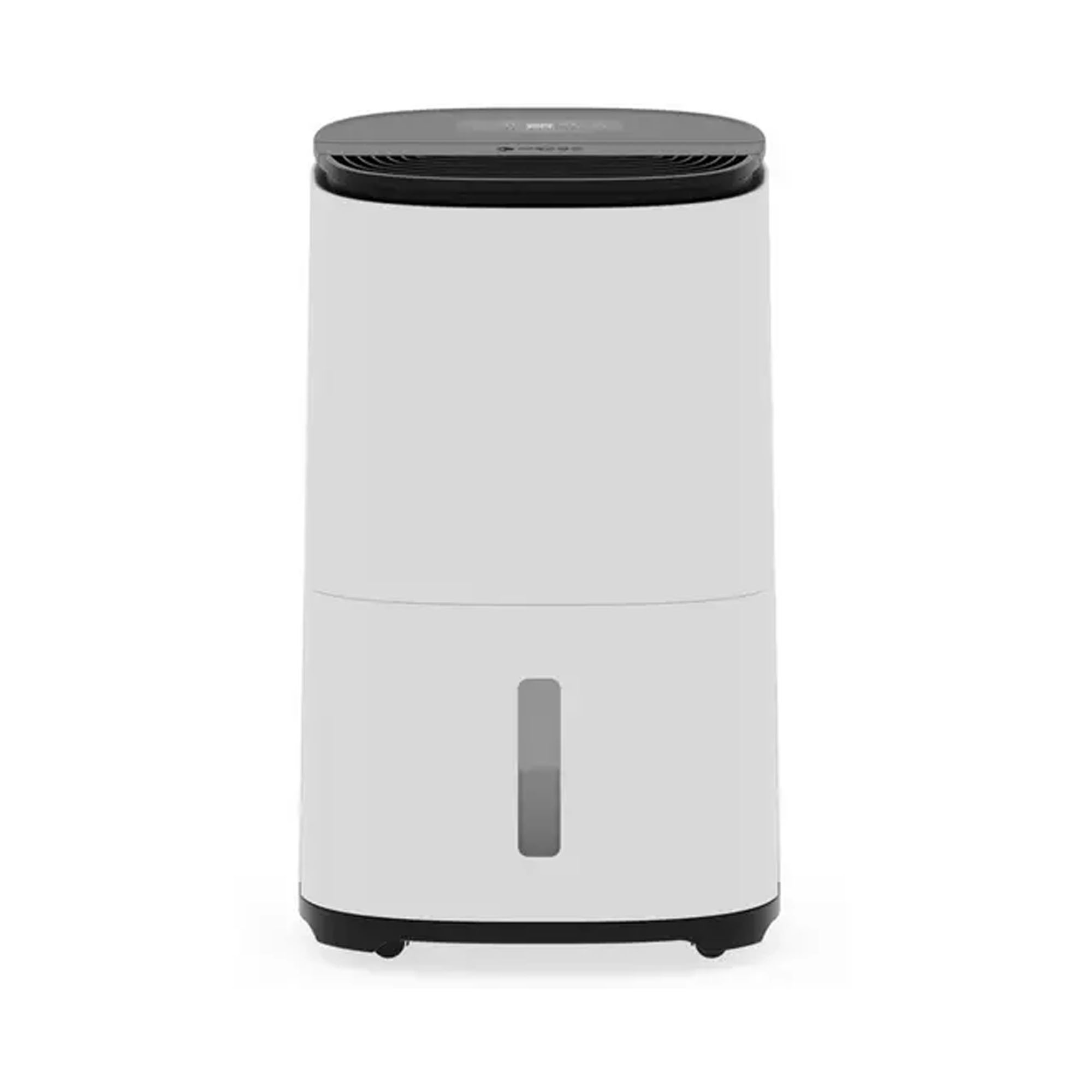
The best dehumidifier we've tested, the MeacoDry Arete Two is quiet, easy to use, works superbly and is very energy-efficient compared to other compressor dehumidifiers. Plus, its Smart Laundry Mode is brilliant at drying wet washing indoors.
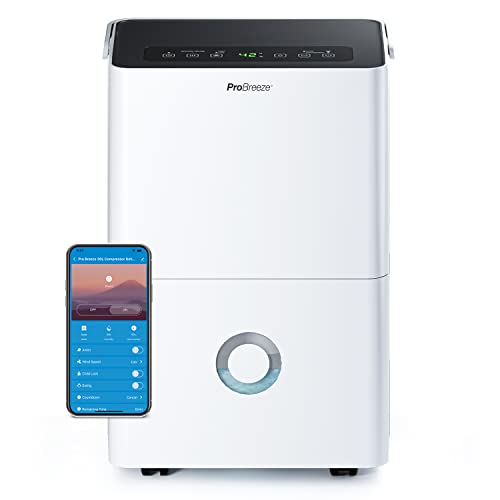
Whilst we don't think it can quite beat the MeacoDry Arete Two on overall performance, Pro Breeze's 30L High Capacity Dehumidifier with Special Laundry Mode, one of the highest extraction rates on the market.
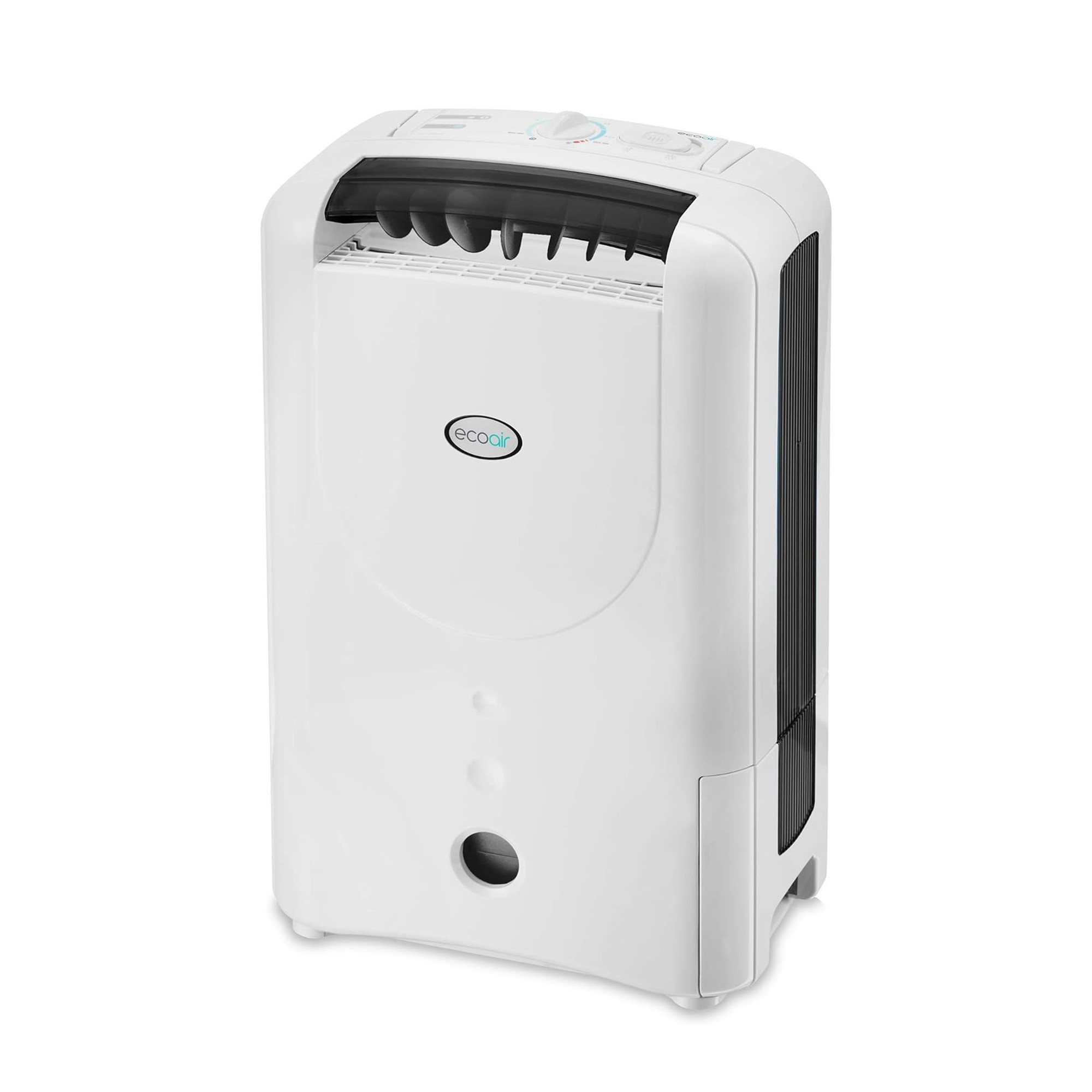
EcoAir's DD1 Simple MK3 dessicant dehumidifier can be operated in any space that's above 1°C, making it a great option for unheated rooms during the winter months. Our reviewer's tests showed that it performed brilliantly in normal conditions too, making quick work of drying wet washing.
1. Ventilate strategically
One of the most important things to do is to ventilate, and 'people often think they need to keep every window closed the second the temperature drops, but that's a mistake when you're drying laundry inside,' explains Nigel. Even in colder weather, opening a window slightly or keeping a trickle vent open can make a huge difference.
'You don't need to freeze yourself out, but even opening a window slightly for 10-15 minutes while your clothes are drying creates a cross-breeze that pushes that moist air out and pulls fresh air in. That little bit of airflow is huge for stopping condensation from building up on cold surfaces, which is where mould loves to start growing.'
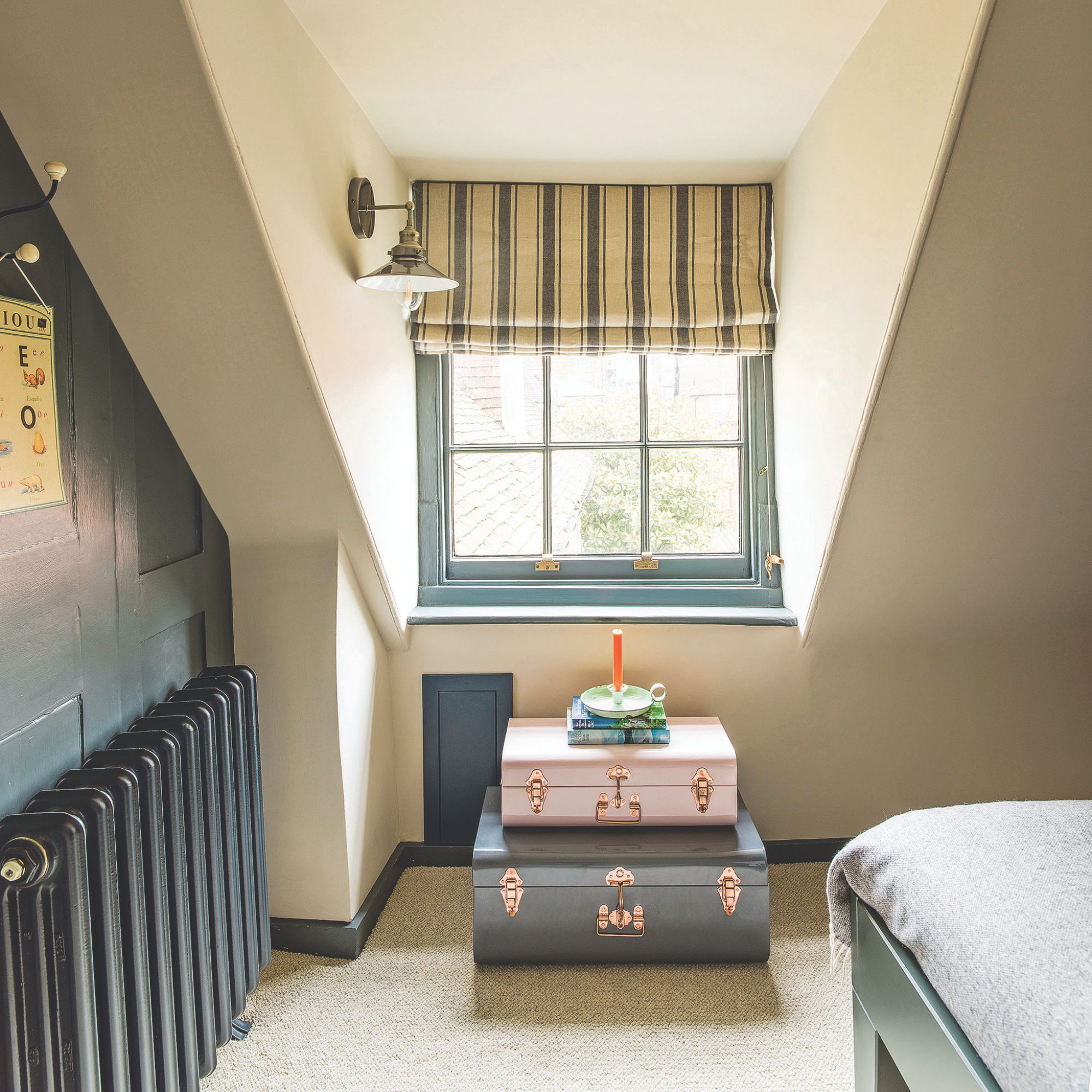
2. Don't overload rooms
One of the many tips I've picked up from my mother-in-law is that it also helps to avoid overloading your airer. Giving clothes enough space between each item means air can circulate properly, helping them dry more evenly and quickly. Better still, invest in a large heated clothes airer like Dry:Soon's Deluxe 3-tier heated clothes airer, £199.99, Amazon, to make it easier and faster to dry.
However, Nigel also says that 'it's tempting to think 'one big wash and it's done,' but trying to dry a mountain of damp clothes in one small room is like walking into a sauna. All that water has to go somewhere, and if it's all concentrated in one space, the air just gets supersaturated with moisture.'
Instead, he says, 'if you can, just spread your laundry loads across the week. It's easier on your energy levels and, more importantly, it drastically reduces the moisture load in your home, making it much easier for that water to escape before it causes trouble.'
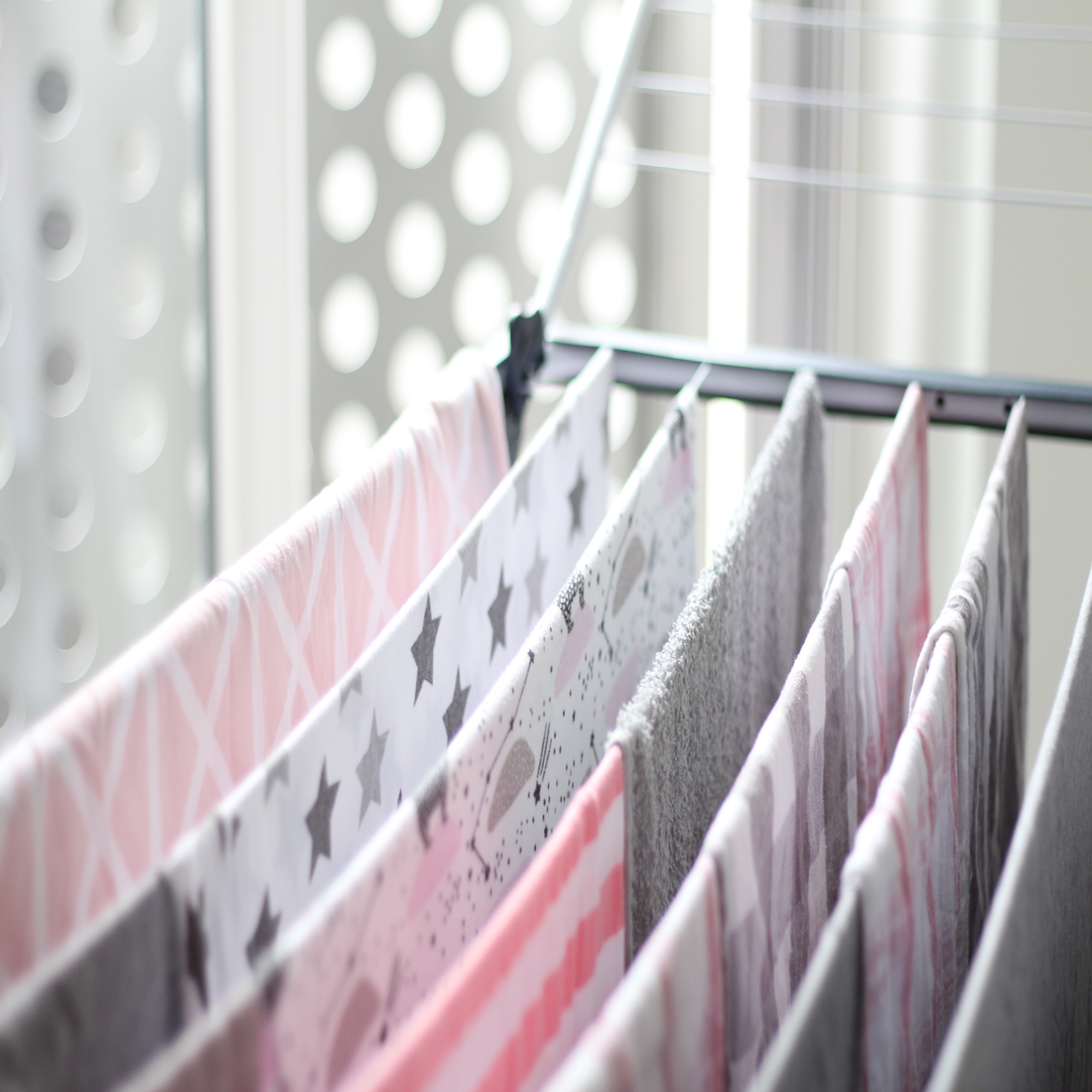
3. Use moisture-absorbing materials
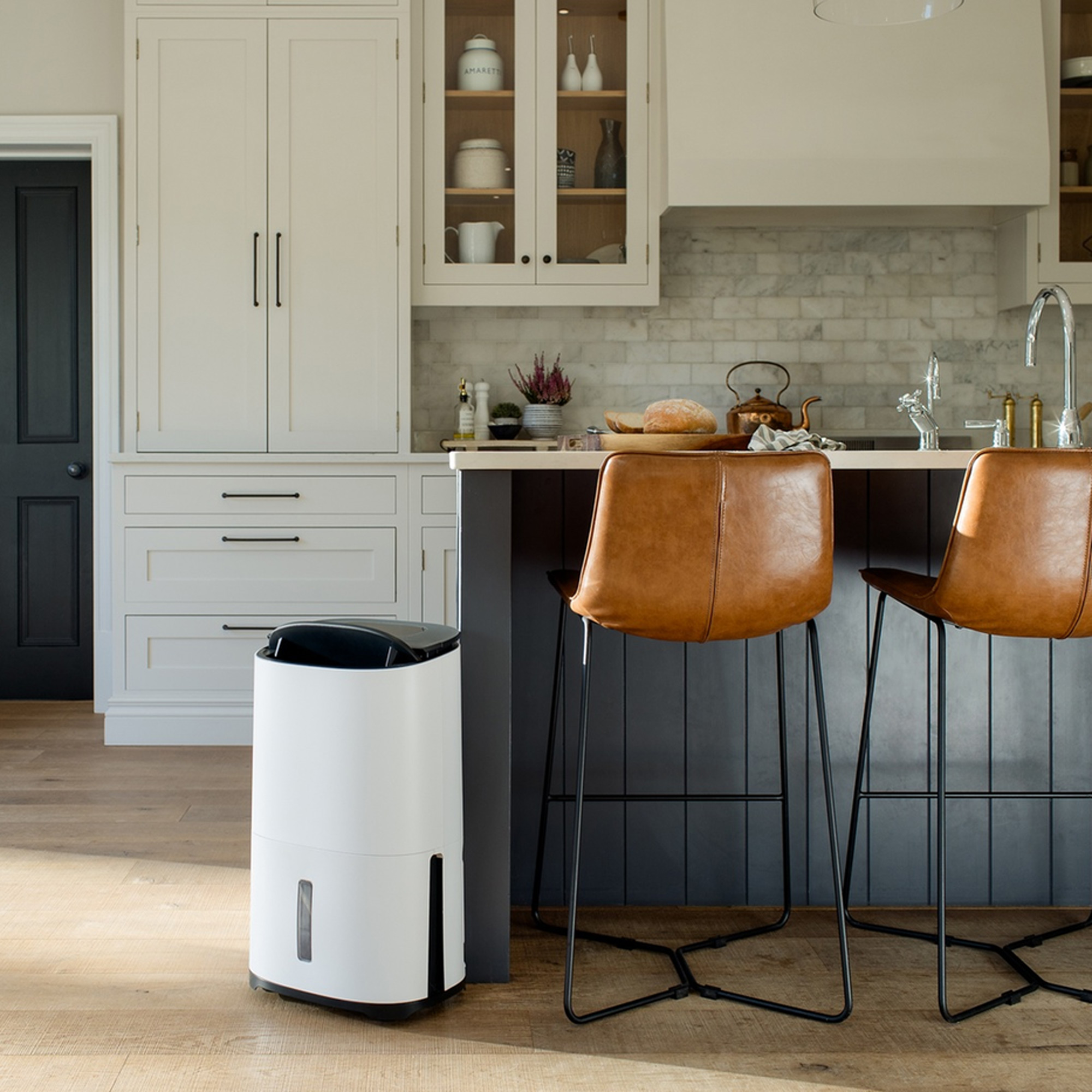
Finally, use moisture-absorbing materials to give your home a helping hand. Simple actions like a moisture tray in corners, like UniBond's Aero 360 humidity absorber, £15 from Amazon, or a dessicant dehumidifier like this Lakeland small reusable dehumidifier, £24.99.
'For a more immediate, affordable and controlled solution, a dehumidifier can successfully restore and maintain the correct moisture levels in the home. A desiccant model will also eliminate any microorganisms that pass through the unit due to its internal heat, so it doubles up as an air purifier for added peace of mind,' explains Noel.
And Noel provides another nifty trick to dry your laundry quicker without a tumble dryer or dehumidifier: 'Clean, dry towels are naturally absorbent. If you place one right under or near your drying clothes, it acts like a sponge, drawing moisture out of the air and the clothes themselves. It’s essentially a cost-free, passive dehumidifier! Just remember to hang up the towel to dry or pop it in the wash afterwards so it doesn't get damp itself.'
Drying laundry indoors might feel like a convenient shortcut, but it can quickly lead to mould and poor air quality. A few small changes and a dehumidifier in the right place, if you can stretch to one, will keep your home dry and comfortable during these colder months.
Let me know if these top tips are helpful in the comments!

Jenny is Senior Digital Editor and joined the team in 2021, working across Ideal Home, Real Homes, Homes & Gardens, Livingetc and Gardeningetc. Since getting on the property ladder, her passion for interior design and gardening has taken on a new lease of life. She loves collecting and salvaging unique items (much to her other half's despair) but sniffing out stylish home bargains is her one true love.
You must confirm your public display name before commenting
Please logout and then login again, you will then be prompted to enter your display name.